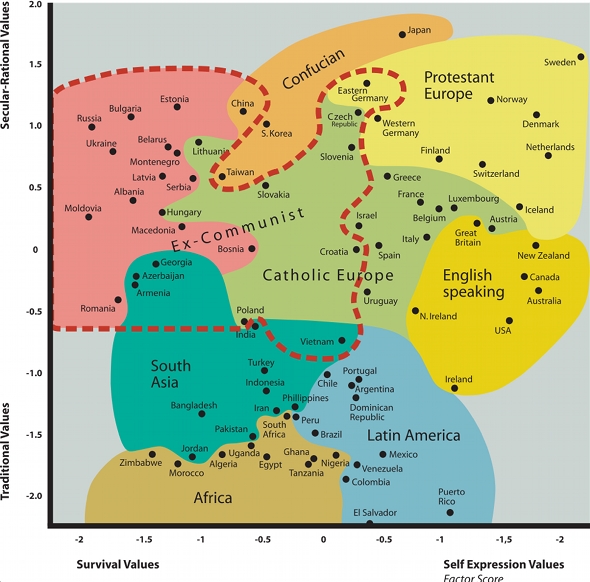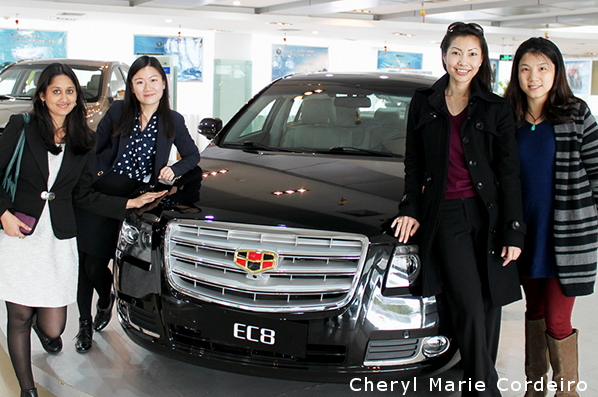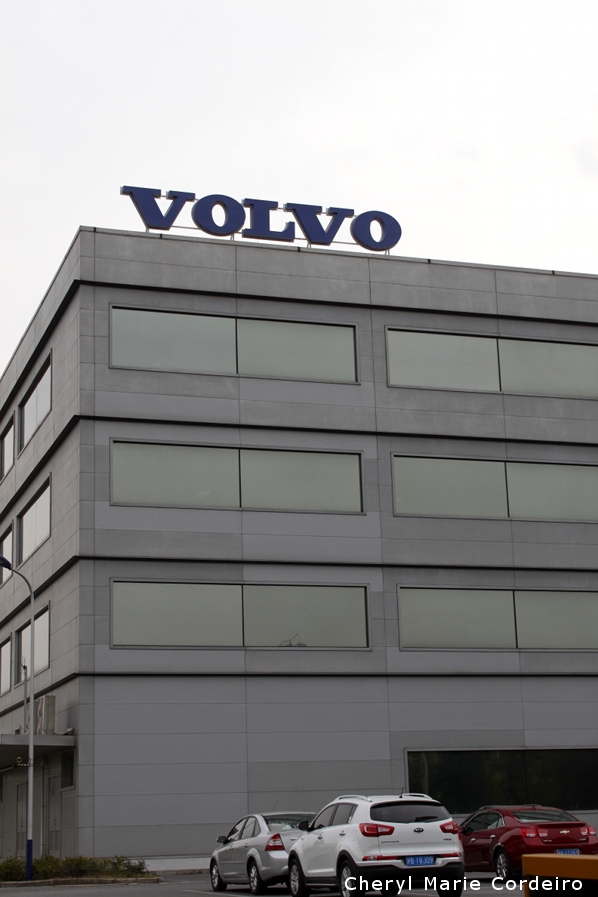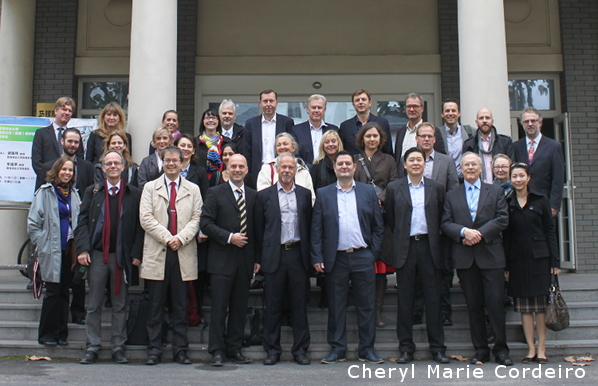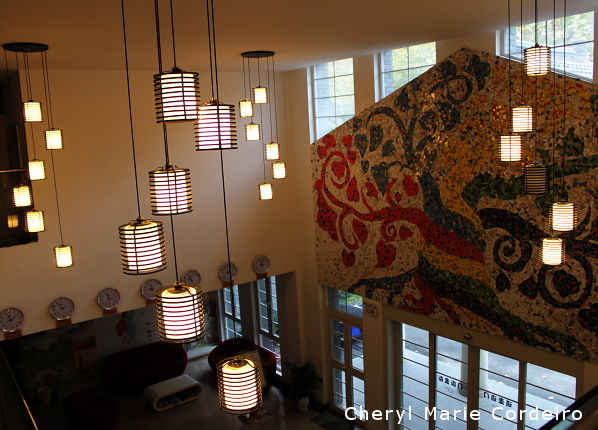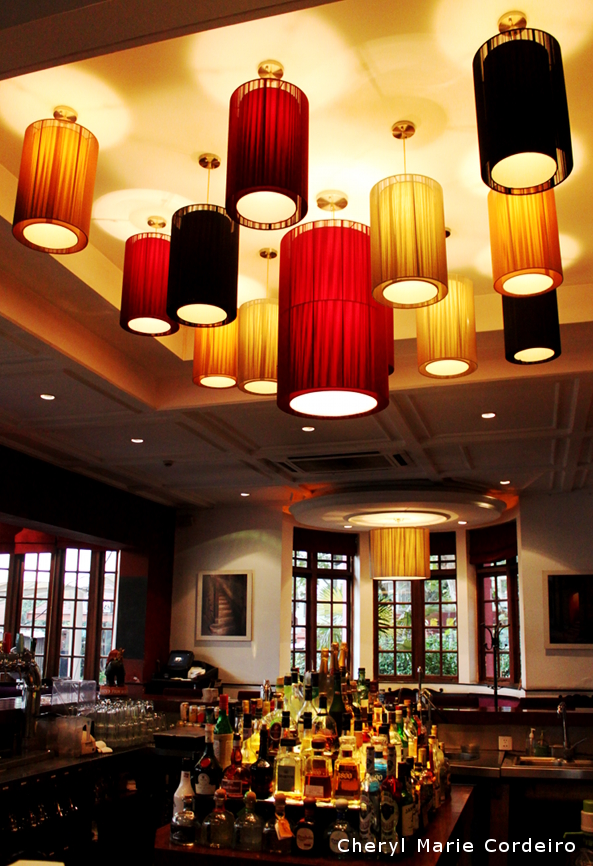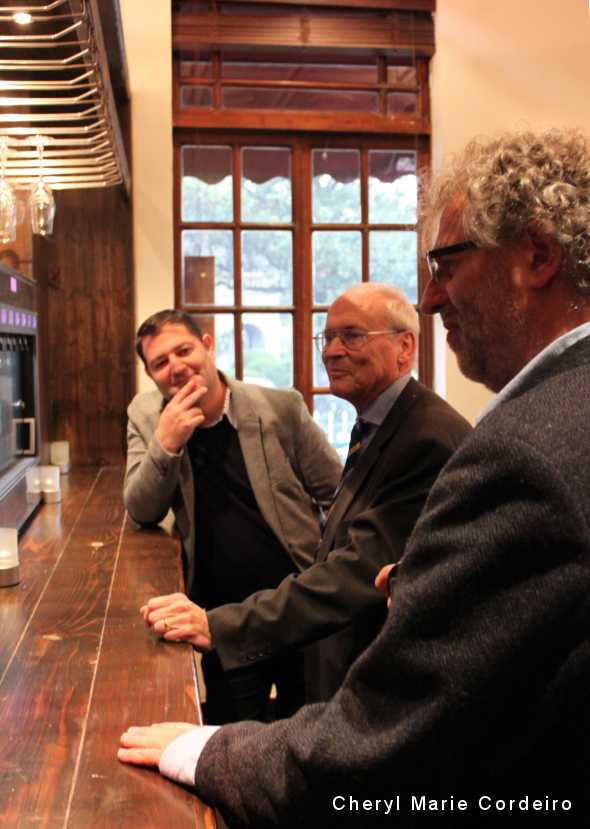Scenic Mölle.
Text & Photo © CM Cordeiro 2014
I pondered the transportation mode from Gothenburg down south to Mölle.
“You could take a train, but it’s a little complicated to get there after you get off the train.” so I was warned.
Forty-five minutes by car backed with an excellent knowledge of the intricate network of roads (GPS will do too) from Helsingborg C train station is what it took to get to the once fishing village of Mölle, that today is nothing short of a Scandinavian riviera resort cum holiday-spa getaway.
The view of the harbour, is breathtaking.
Around since the Stone Age, the first mention of the place came from a Danish handwritten letter in 1491 now archived in Copenhagen, the author writing of a town named Myllæ. Since the 1500s, the town was a fishing village where in 1569, it consisted of just ten ‘fishing houses’. About a century later, the number increased to twenty-two and then in 1800s, there were sixty-six such fishing houses. Continue reading “Mölle, Sweden”





